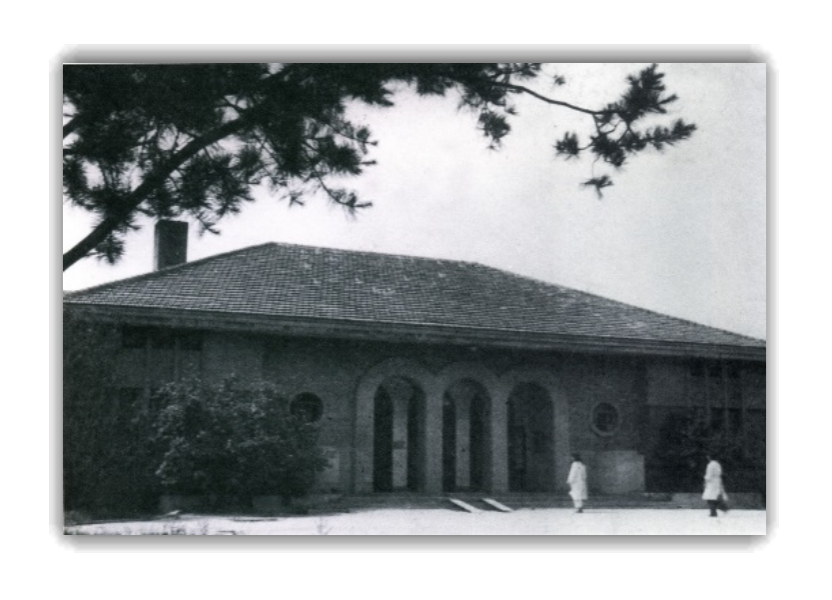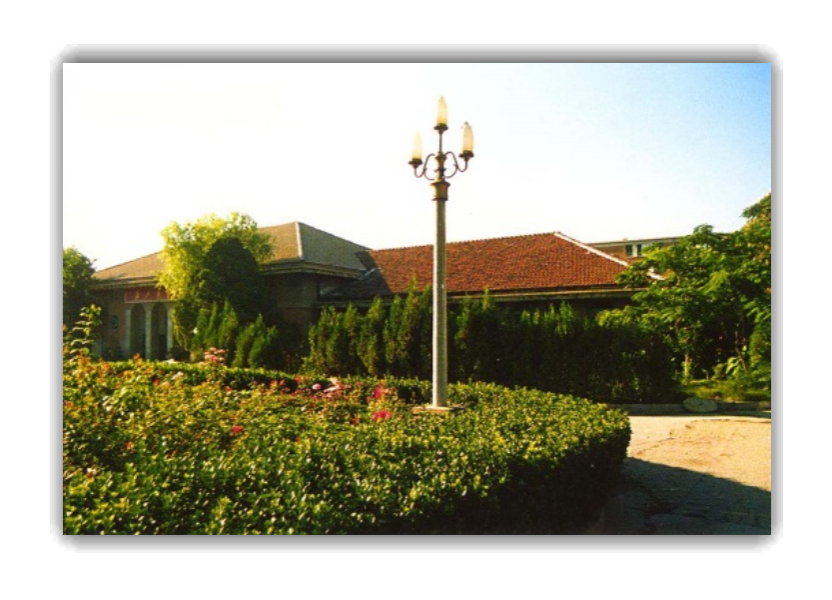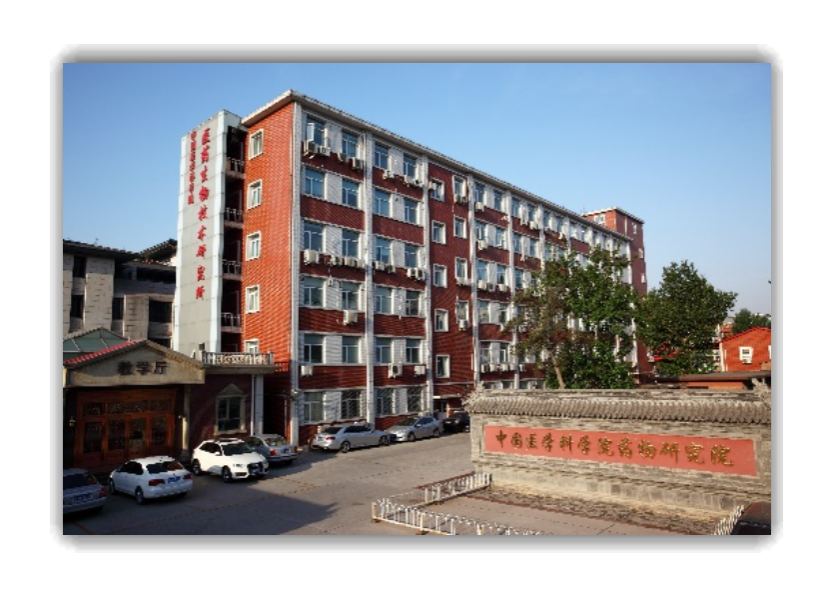About IMB



The Institute of Medicinal Biotechnology (IMB), Chinese Academy of Medical Sciences & Peking Union Medical College, initially named the Institute of Antibiotics when founded in 1958, was a key national institute for the discovery and development of anti-microbial agents. As the source of the first doses of penicillin in China, the institute laid a solid foundation for the discovery and development of antibiotics. The IMB has made significant contributions to the prevention and treatment of infectious diseases by nurturing professional talents and the industrial production of antibiotics. With scientific advances in theories and technologies, the research fields of the institute were extended to the areas of cancer, the cardio-vascular system, immunoregulation, among others. Accordingly, the institute was renamed the Institute of Medicinal Biotechnology in 1987.
Nearly 300 employees currently work at the IMB, including members of the Chinese Academy of Engineering, Science Fund for Creative Research Groups of the National Natural Science Foundation of China, National Science Fund for Distinguished Young Scholars (NSFC), Excellent Young Scientists Fund (NSFC), and so on. The IMB is now recognized as one of the central and primary bases for drug research, postgraduate education, and industrialization of biotechnology in China.
The focus of the IMB is centered on the development of novel anti-microbial agents through the bioengineering of medicines and related biotechnologies. The disciplines and research fields covered include biotechnology, microbiology, cell engineering, enzyme engineering, microbial metabolite engineering, molecular pharmacology, model organisms, chemical biology, cell biology, computer-aided drug design, microbial medicine resources and informatics, clinical microbial resources, drug metabolism, toxicology, pharmaceuticals, among others.
The first ampule of penicillin produced by the predecessor of the institute aided Korea in the 1950s. The research and development of 60% of antibiotics in early China originated from the institute, including penicillin, streptomycin, terramycin, erythromycin, actinomycin, kanamycin, paromomycin, spectinomycin, norvancomycin, rifamycin, among others. The IMB first introduced quinolones to the domestic market; discovered chuangxinmycin - the first brand-new antibiotics in China; and successfully developed pingyangmycin - the first antitumour antibiotic in China - and the new antitumor drug boanmyicn. More than 100 new drugs have been developed, and over 60 state, ministerial or provincial prizes have been awarded to the IMB, which has made significant contributions to the development of antibiotics and the control of infectious diseases in China.
As one of the primary institutions for drug research in China, over 250 drug screening assays are used at the institute. More than 20 creative anti-microbial, anti-cancer agents and biotechnical drugs are under research and development. In 2016, kelimycin, a synthetic biological new drug, has finished Phase III clinical trial successfully, which indicated that the creative microbial drug research of the institute is ranked at the world’s leading level.
Since the National 11th Five-Year Plan, the IMB has conducted approximately 300 research projects, including the National High-tech R&D Program (863 Program), National Basic Research Program (973 Program), National Mega-Project of Infectious Diseases, National Mega-project for Innovative Drugs, National Natural Science Foundation of China, and so on. The first berberine research article published in Nature Medicine (2004) was appraised as one of top ten important progresses in the sciences and technology in the field of medicine in China in 2005. In 2011, the IMB won the National Science and Technology Progress Award for its contributions to antimicrobial research; and in 2012, it was granted a National Natural Science Award for discovering the botanic compound berberine as a novel and safe lipid-lowering agent for patients with hyperlipidaemia and Type II diabetes. Each year, approximately 150 papers are published in SCI and national core journals. More than 10 patents are authorized annually. Recently, ten research tool books have been published by the scientists of the institute, which signify important contributions to pharmaceutical research and education.
The IMB is one of the most important institutes to train and educate postgraduate students. The Microbial and Biochemical Pharmacy was evaluated and authorized as a key national discipline by the Ministry of Education of China. At present, there are 24 doctoral supervisors and 35 Master’s supervisors at the IMB. More than 150 M.Sc. and Ph.D. students are enrolled at the IMB annually; approximately 600 postgraduate students have obtained their degrees, and many of them have become excellent researchers in the pharmaceutical field after graduation. Several dissertations were authorized as excellent national dissertations and awarded the Distinguished Young Scholar Prize by various international academic conferences.
The IMB has emphasized international cooperation and academic exchange. Scientific and technological cooperation has been established with the National Foundation for Cancer Research of the United States (NFCR, USA), Gates/NIH Foundation (for agents against drug-resistant infections), and many foreign institutes (for new drugs against HCV, TB, cancer and metabolite syndromes). Meanwhile, the IMB has regularly carried out academic exchanges, researcher exchanges and professional training with prestigious research institutes and universities in the USA, Canada, England, German, France, Belgium, Sweden, Australia, New Zealand, Japan, and Singapore, etc., which helped academic level of the IMB keep in the international frontier.

